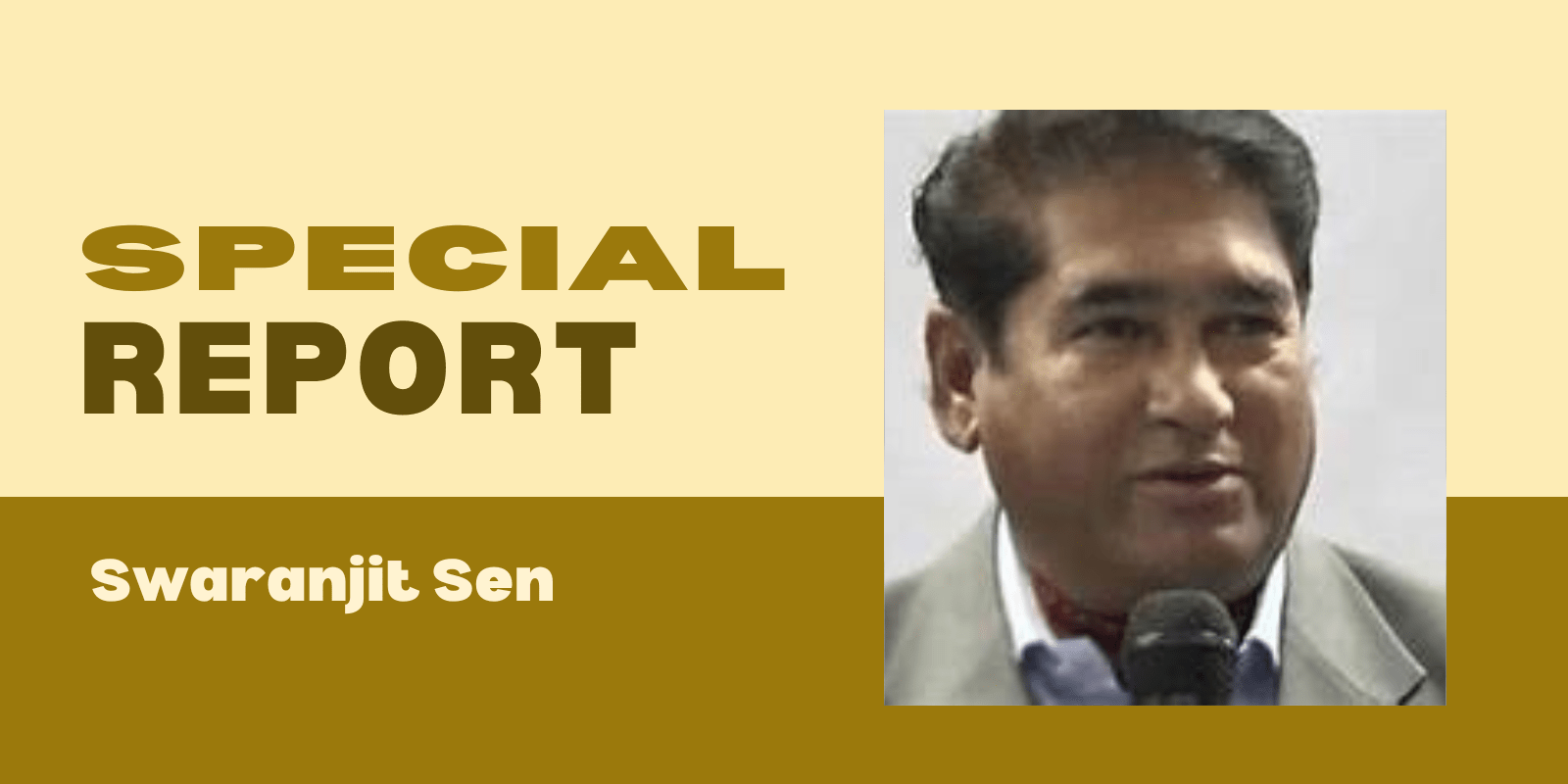Illegal immigration is a pressing issue that is reshaping demographics worldwide. In India, the impact is particularly pronounced in border states like Assam, West Bengal, and parts of the northeast. These regions have long grappled with the socio-economic and political effects of cross-border migration, especially from Bangladesh and Myanmar.
India’s northeastern state of Assam has borne the brunt of illegal immigration since the 1971 Bangladesh Liberation War. The continuous influx of migrants has altered the state’s demographic profile, sparking fears among indigenous communities about losing their cultural identity and political influence. The National Register of Citizens (NRC) update aimed to address these concerns but instead created widespread unrest due to its exclusionary outcomes, leaving millions in limbo.
West Bengal, sharing a long border with Bangladesh, faces similar challenges. Districts such as Malda and Murshidabad have seen demographic shifts, influencing political dynamics. Political parties often capitalize on the presence of migrant communities, leading to complex electoral outcomes. This politicization fuels debates on resource allocation, citizenship, and cultural preservation.
In Jharkhand, though not a direct border state, economic migration has led to demographic changes in certain districts. Migrants are drawn to industrial hubs, contributing to the labor force but also increasing competition for jobs and public resources.
Other northeastern states like Arunachal Pradesh and Manipur face a different challenge with migrants from Myanmar. Refugees fleeing political instability have settled in these regions, triggering local demands to protect indigenous rights. The situation is particularly tense in Arunachal Pradesh, where the settlement of the Chakma and Hajong communities has led to prolonged conflicts.
Several factors drive illegal immigration into India:
- Economic Opportunities: Disparities in living standards push migrants to seek better livelihoods in India.
- Political Instability: Conflicts and persecution in neighbouring countries force people to cross borders for safety.
- Porous Borders: India’s extensive and poorly managed borders allow for easy, often undetected, migration.
The demographic shifts caused by illegal immigration bring both benefits and challenges. On the one hand, migrants contribute economically by filling labor gaps in agriculture and construction. On the other hand, their presence strains public services and fuels resentment among locals, especially in regions where resources are scarce.
Social tensions often arise from disputes over land and employment. The fear of cultural dilution is another major concern, particularly in Assam and West Bengal, where indigenous communities feel overwhelmed by the influx of migrants. These tensions underscore the need for balanced policies that address both security concerns and humanitarian obligations.
The Indian government has taken steps to tackle illegal immigration. The NRC exercise and the controversial Citizenship Amendment Act (CAA) are examples of such efforts. While the NRC aims to identify undocumented migrants, the CAA seeks to provide citizenship to persecuted minorities from neighbouring countries. However, both measures have faced criticism for being exclusionary and divisive.
On the contrary, several European nations, such as the UK and Germany, are also grappling with shifting demographics and fears that they too may become Islamic-majority states, similar to past experiences in Turkey and other countries. There is growing concern that fundamentalist Islamists are determined to transform the UK, even setting a deadline of August 2026. Lawmakers have voiced serious concerns and are calling for immediate corrective measures, warning that time is running out.
In this context, illegal immigration is significantly reshaping the demographic landscape, not only in India but also in many other countries. In India, the impact is most visible in border regions. Even Kerala, a southern state, has seen a demographic shift, with Muslims becoming the predominant community in recent years. Addressing this issue requires a nuanced approach that balances national security with the protection of human rights. Achieving this balance is essential to maintaining social harmony and fostering equitable development in affected areas.






